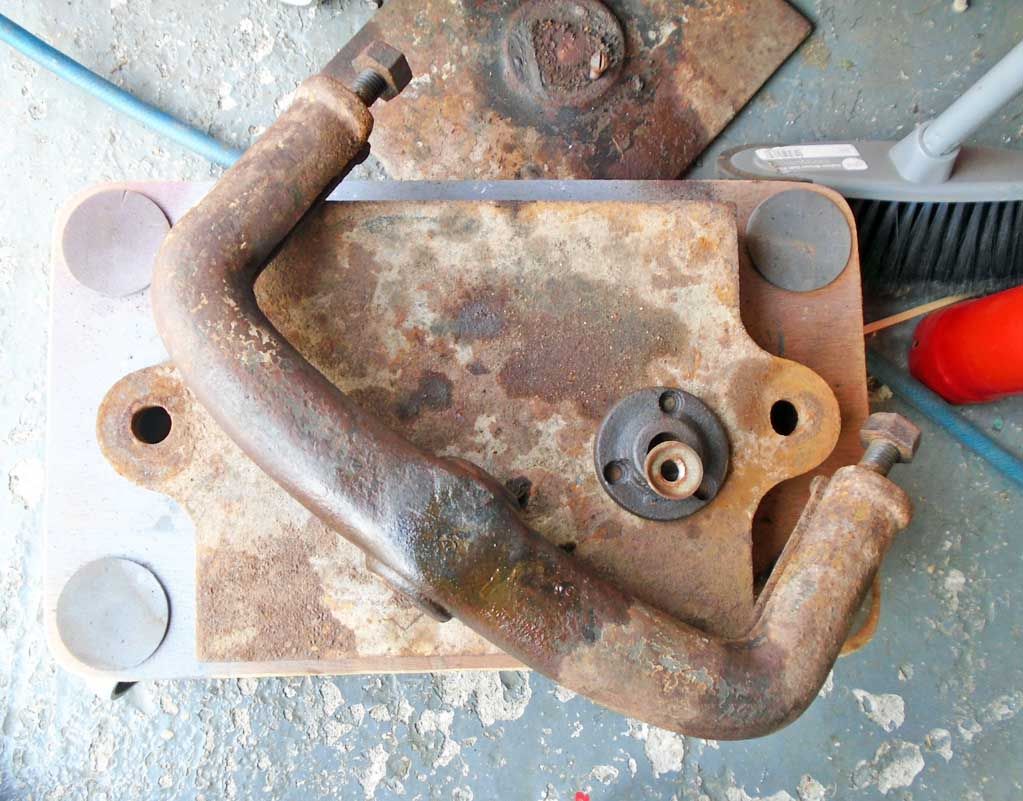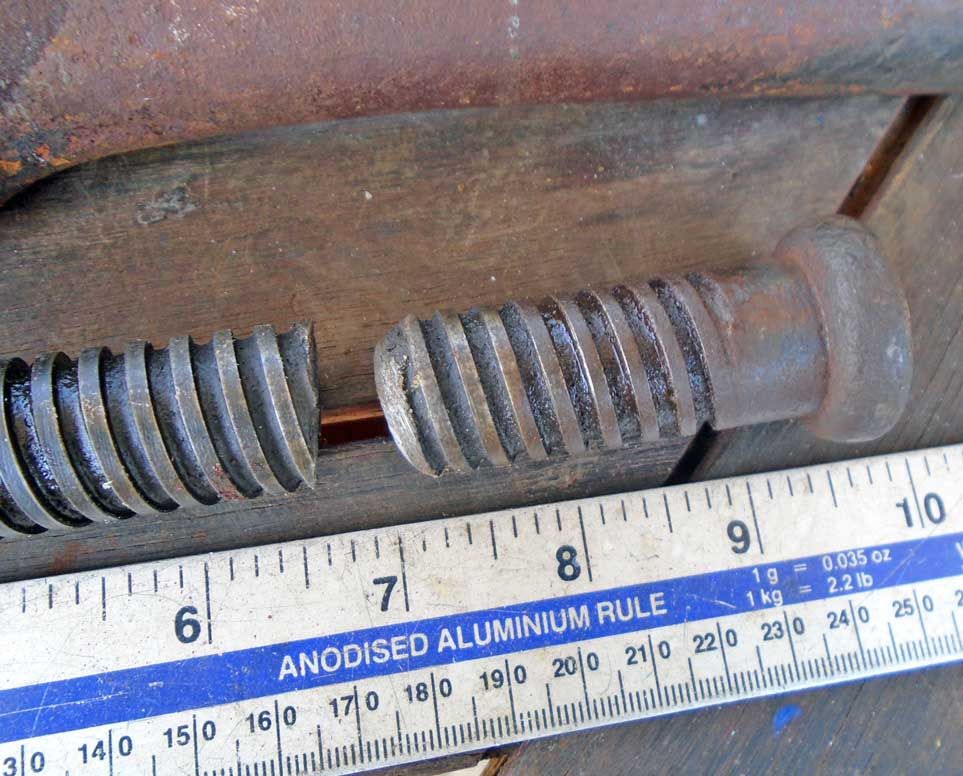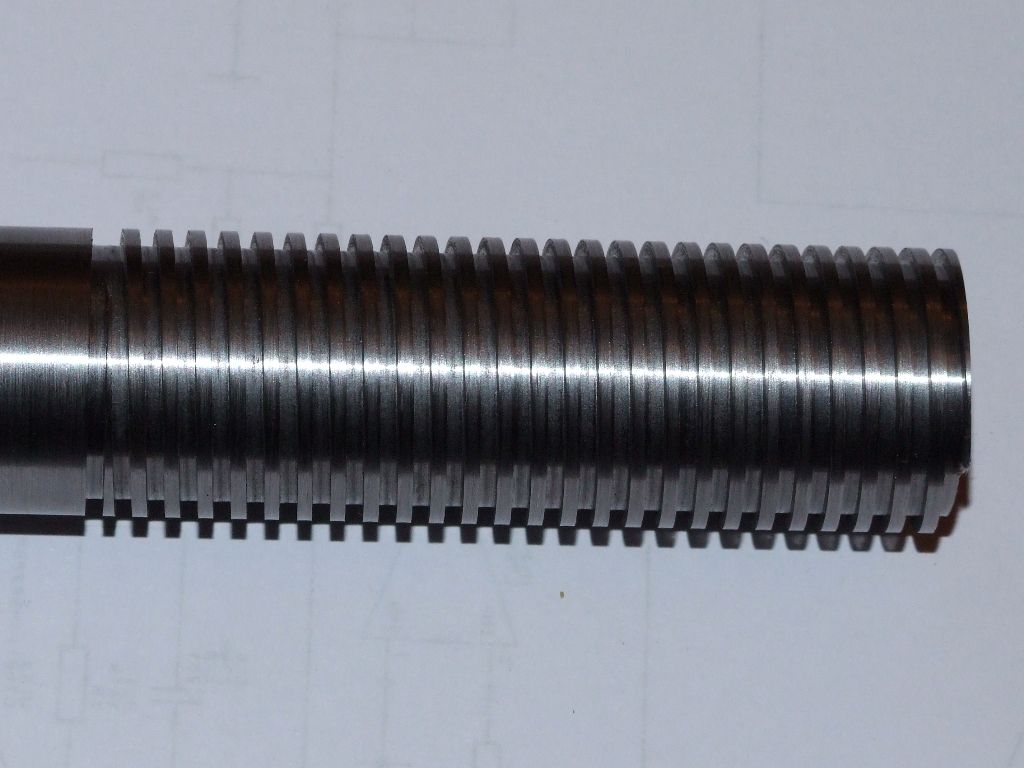Hello Martin,
I have actually made a 5 tpi square thread in steel for a machine vice, the first one I had ever tackled so take heart, it isn't daunting!
As Hopper has said [I am liking his praise for my book by the way!] you will need a driver gear of 48 teeth coupled to the 10 tpi setting in the screwcutting gearbox on your Myford lathe to get the gearing right for the job. When I cut my example I made a cutting tool from a piece of round tool steel, ground to give a tip width of 2.5 mm, tapering back a little on the two sides to give clearance and with about 5 degrees of top rake..
I mounted this up in a split clamp like tool holder so that the cutting tool could be rotated to the helix angle of the thread, that is important so that you don't take off side material in the cutting, The angle was established by sighting from the failed screw, it doesn't have to be that precise either as long as the tool clears both sides while the tip is doing it's work
I ran the first few passes with a standard Vee thread cutting tool to get some of the 'meat' away first and prove the set up, before changing the tool. Be sure you don't go so deep that you take material away from what will be the sharp corners of the finished thread.
I also swapped to the mandrel handle at this stage, I suggest you use yours as well, it is much more controllable.
The square cutting followed the Vee into the material with a light feed and coolant and keep cutting until you get to the bottom of the thread. The geometry is easy with a square thread, it will be 2.54 mm wide and the same in depth
As to whether the thread is single start or double, look at the broken one end on, the difference is obvious. I agree with Andrew Johnson here, it is more likely to be single start to get maximum pressure on the book plattern
As you reach depth, offer the embryo thread up to the nut part and try the fit, It is very likely to need opening slightly in which case shift the tool laterally by no more than a few thou and take another shaving off the side of your new thread. Keep checking until the thread enters the nut and then run a tired abrasive pad along the top of the thread to take off burrs and such, after this it should fit smoothly
Best of luck
Brian
ega.








